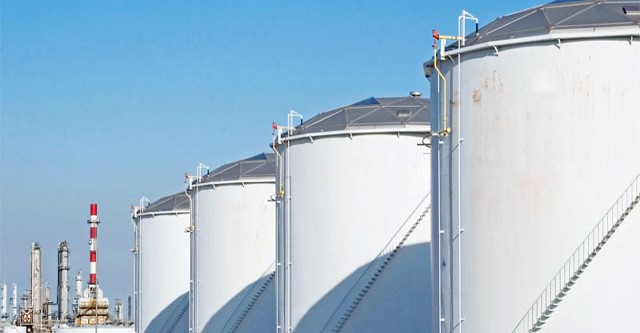Storage requirements for liquefied natural gas (LNG) include several key considerations to ensure safety, efficiency, and environmental protection. The global liquefied natural gas industry is critical for connecting natural gas supply from production regions to demand centers worldwide, facilitating energy security and supporting the transition to cleaner energy sources.
- Cryogenic Temperatures: LNG must be stored at approximately -162°C (-260°F) to remain in liquid form.
- Specialized Storage Tanks: Tanks made from materials such as nickel steel or aluminum are required to withstand low temperatures.
- Insulation: Effective insulation, often double-walled with vacuum insulation, is necessary to minimize heat transfer and prevent LNG evaporation.
- Types of Storage Tanks: Above-ground tanks are common, though some are built below ground or partially submerged for additional insulation and safety.
- Pressure Relief Valves: Essential for safely releasing built-up pressure from natural boil-off gas (BOG).
- Monitoring Systems: Crucial for detecting leaks, temperature changes, and pressure variations to maintain system integrity.
- Safety Regulations: Compliance with standards set by organizations like ASME and IMO, including maintaining safe distances and having emergency response plans.
- Regular Inspections and Maintenance: Required to ensure the ongoing safety and functionality of storage facilities.
- Boil-Off Gas Management: BOG must be re-liquefied, used as fuel, or redirected to pipelines to manage natural vaporization.
- Environmental Considerations: Emission controls and adherence to environmental regulations are necessary to minimize environmental impact.





Comments